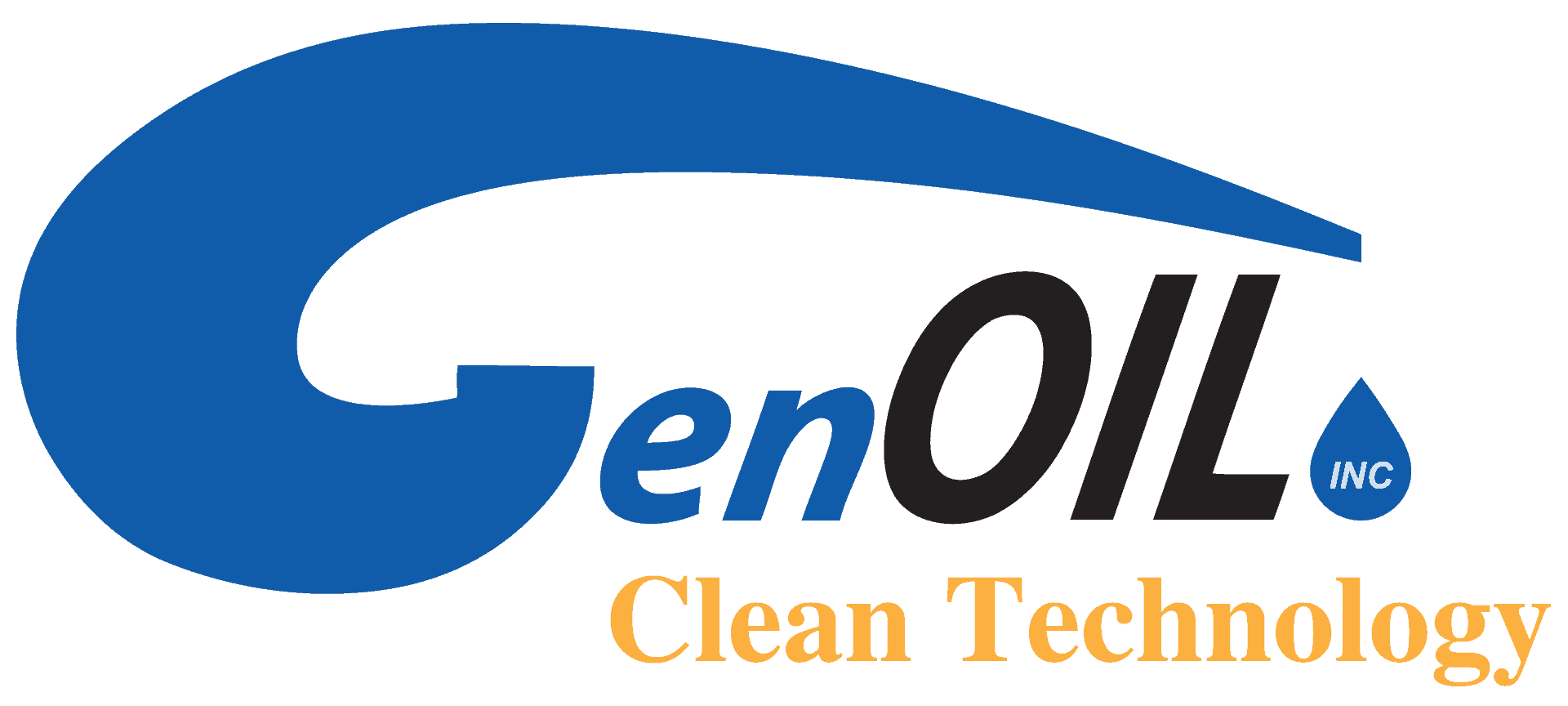{loadposition content_slide}
THE GHU’S HEAVY OIL UPGRADING ADVANTAGE VS DELAYED COKING
| GHU® (Hydrogen Addition) |
Delayed Coking (Carbon Rejection) |
|
|
Residue Conversion
|
Up to 95%
|
70-85%
|
|
Temperatures
|
Low/Medium
|
High
|
|
Volume Output
|
100-104%
|
75-80%
|
|
Coke production
|
0%
|
20-25%
|
|
Desulphurization (1)
|
>99.5%
|
37%
|
|
Hydrotreating
|
Process includes hydrotreating
|
Needs further hydrotreating
|
|
Capital Cost
|
$ 7,000 – 12,000 per barrel
|
$ 8,000 – 14,000 per barrel
|
|
Equipment
|
Fewer Processes
|
More Processes
|
|
Water usage
|
15-20% less than Coking or Air Cooled
|
|
|
Natural gas usage
|
Optional or None
|
Yes
|
|
IRR (2)
|
28%
|
18%
|
Genoil Upgrader – Smarter. Cleaner. More Profitable.
-
A breakthrough hydrogen fuel blending system that converts bad crude to good crude and achieves 99.5% desulfurization —making it the most cost-effective desulfurization technology on the market.
- Universal crude oil compatibility with every refinery in the world.
- Most US crude oil is not compatible with US refineries so it must be exported. This has reduced energy security.
- Coking is prohibitively expensive—implementing it at scale would place an unsustainable financial burden on the Collective West, making it an unfeasible solution.
- Major advancement in carbon reduction.
- Much higher liquid yields than coking processes
- Output is 100 – 104% of liquid input volume versus only 80% of coking processes.
- Increased profitability margins of $35.00 per barrel.
- Enhances energy security by producing a crude that is easy to refine.
- Cost effectively eliminates the sulfur dioxide when our product is burned drastically reducing acid rain. S8 + 8 O2 → 8 SO2
- 40% more middle distillate production.
- Desulfurization eliminates the most damaging impurities such as sulfur compounds which breaks-down into damaging concentrated corrodants.
- Stability of our plant is superior to coked products.
- Low CAPEX and OPEX.
Despite explosive growth in petroleum demand in 2025, crude oil prices plummet, exposing a critical flaw in the market’s structure.
The industry has lost its direction, increasingly focusing on producing higher-carbon crude oil for combustion. The absence of innovation and fresh thinking has led to a failure to discover sufficient light oil to replace declining reserves—triggering a monumental shift in the future of oil production. Combined with soaring worldwide demand, the oil world is facing an unprecedented change in production to medium and heavy crude oil. The industry is shifting to to burn more carbon. Genoil is the solution.
The IEA notes that while the first quarter of 2025 experienced robust demand growth of 990,000 bpd, the remainder of the year is anticipated to see a slowdown to 650,000 bpd, attributed to economic headwinds and the rising adoption of electric vehicles. After increasing 990,000 barrels a day year-on-year between January and March, the rate of consumption growth will decelerate to a “subdued” 650,000 barrels a day over the rest of the year, the agency said in its monthly report. It also downgraded the outlook for US shale oil production due to lower crude prices.
